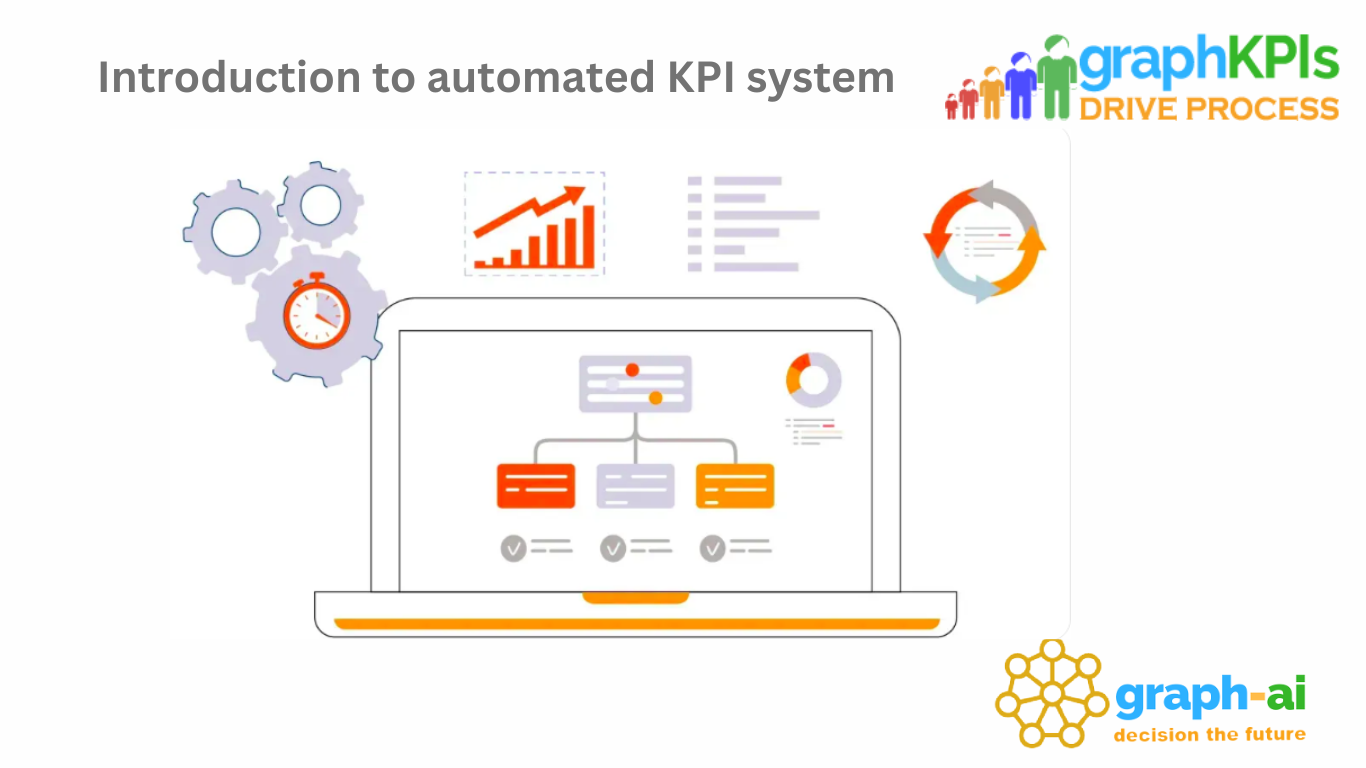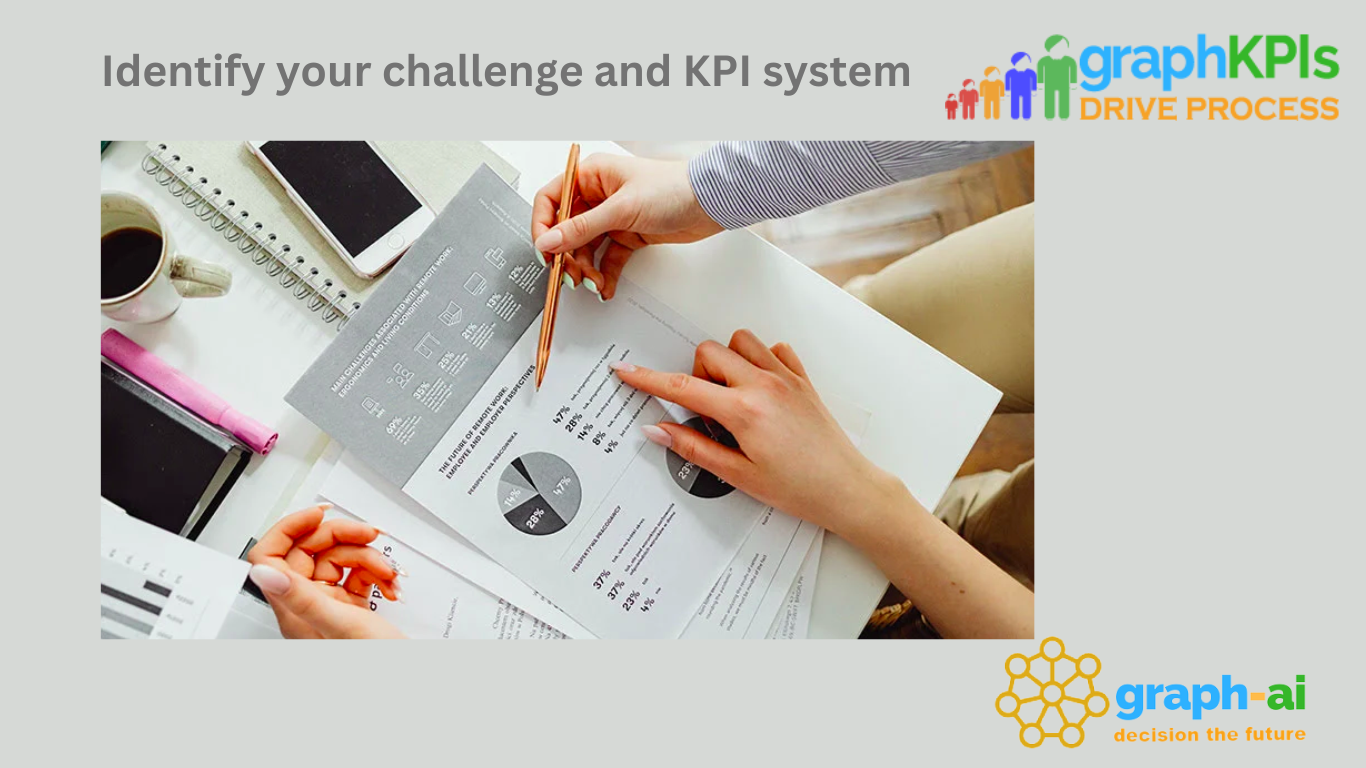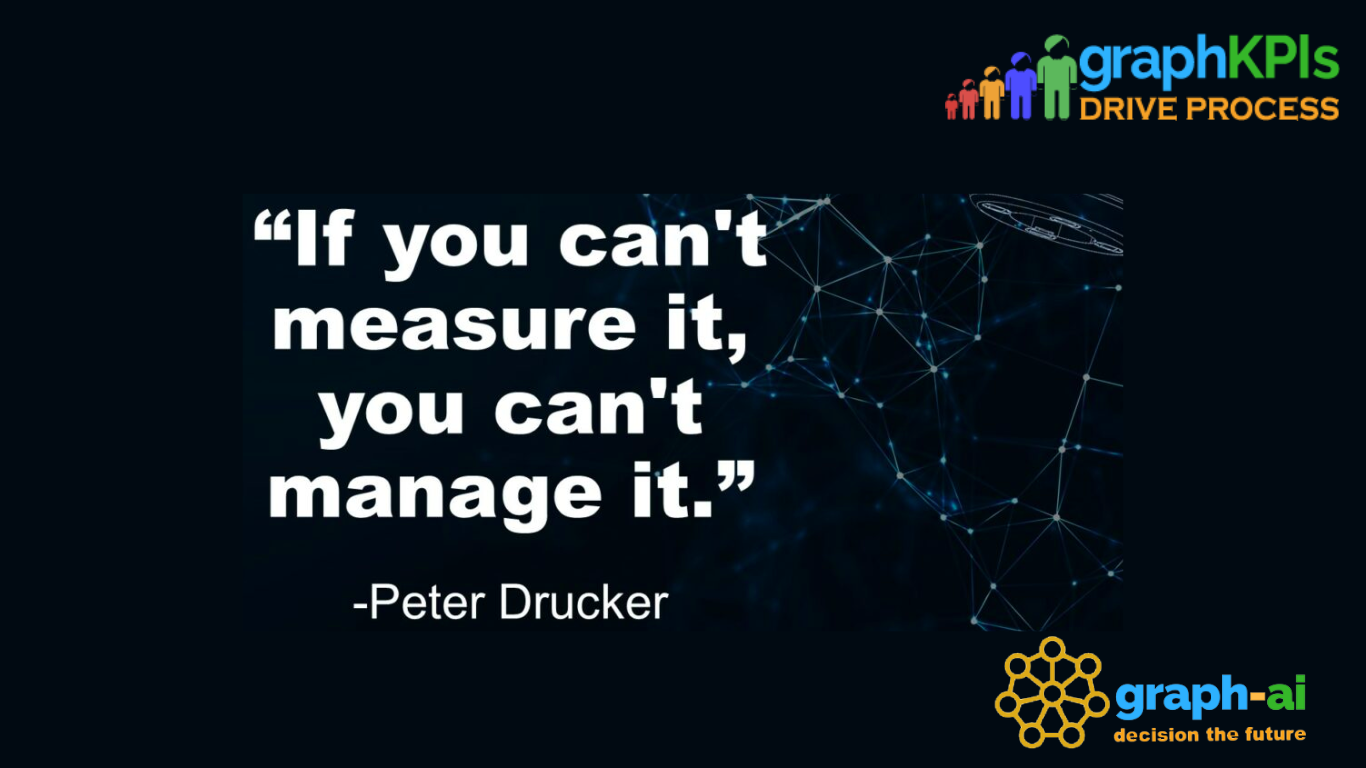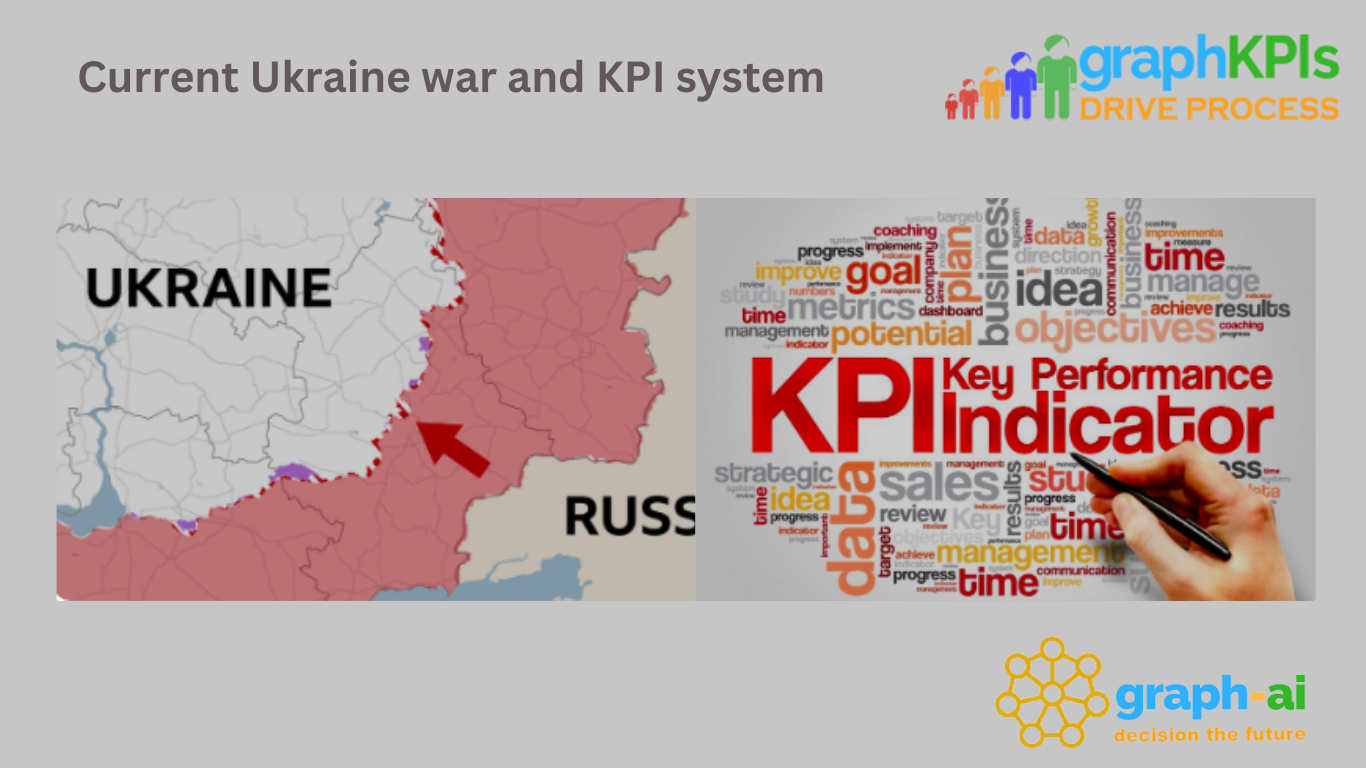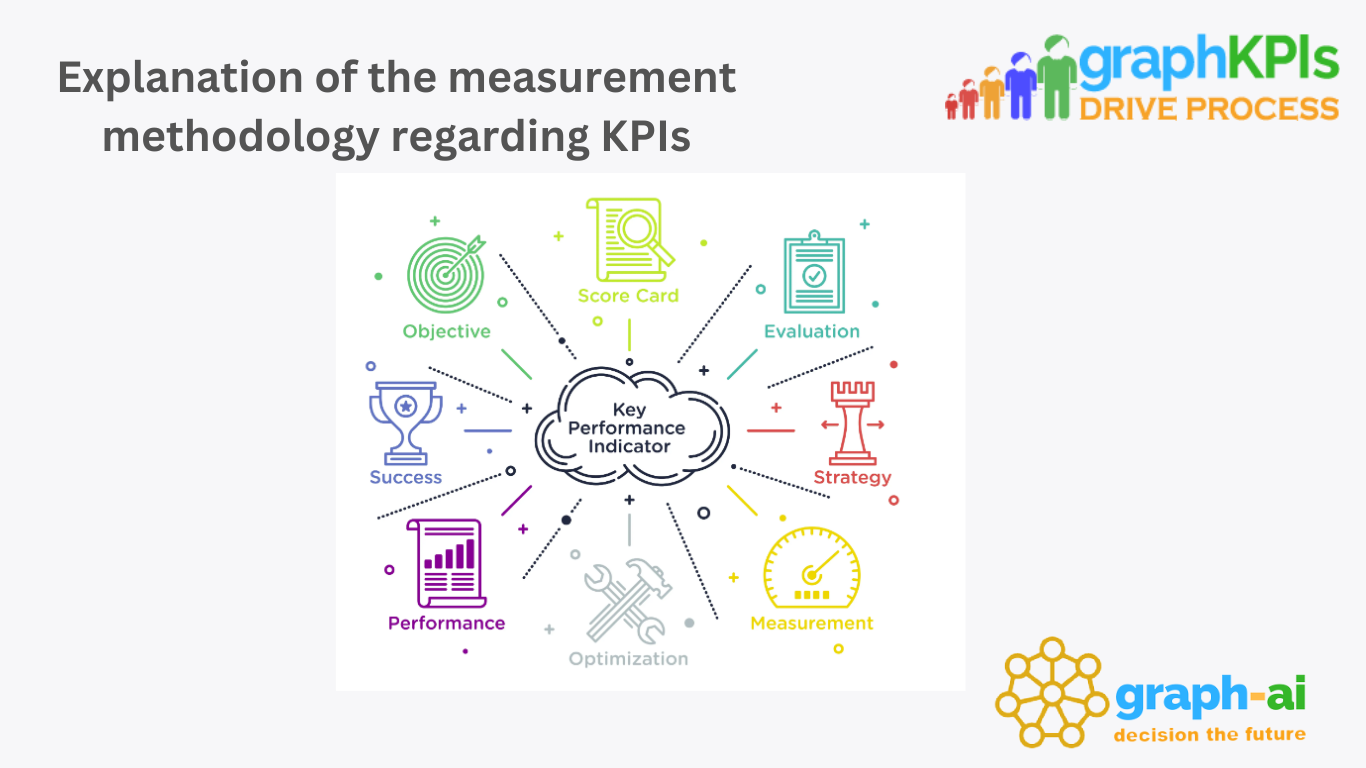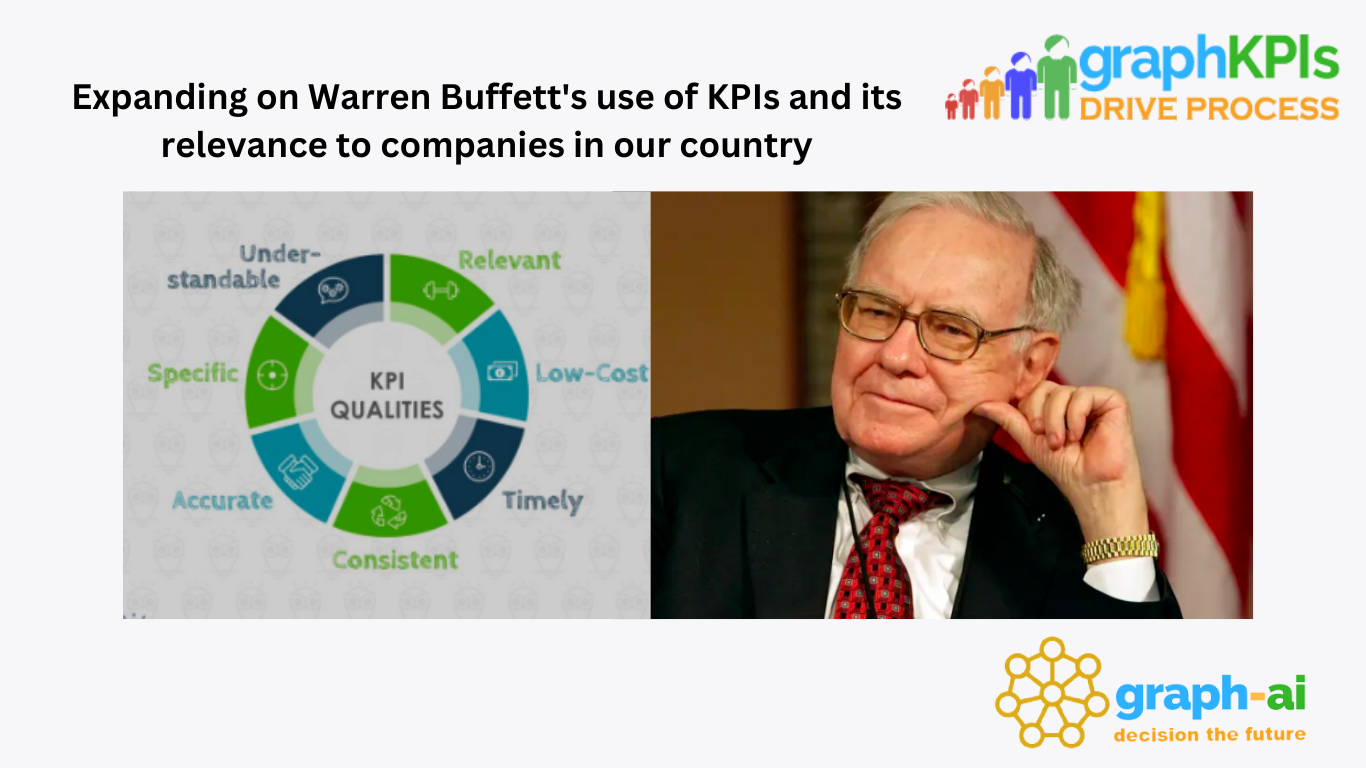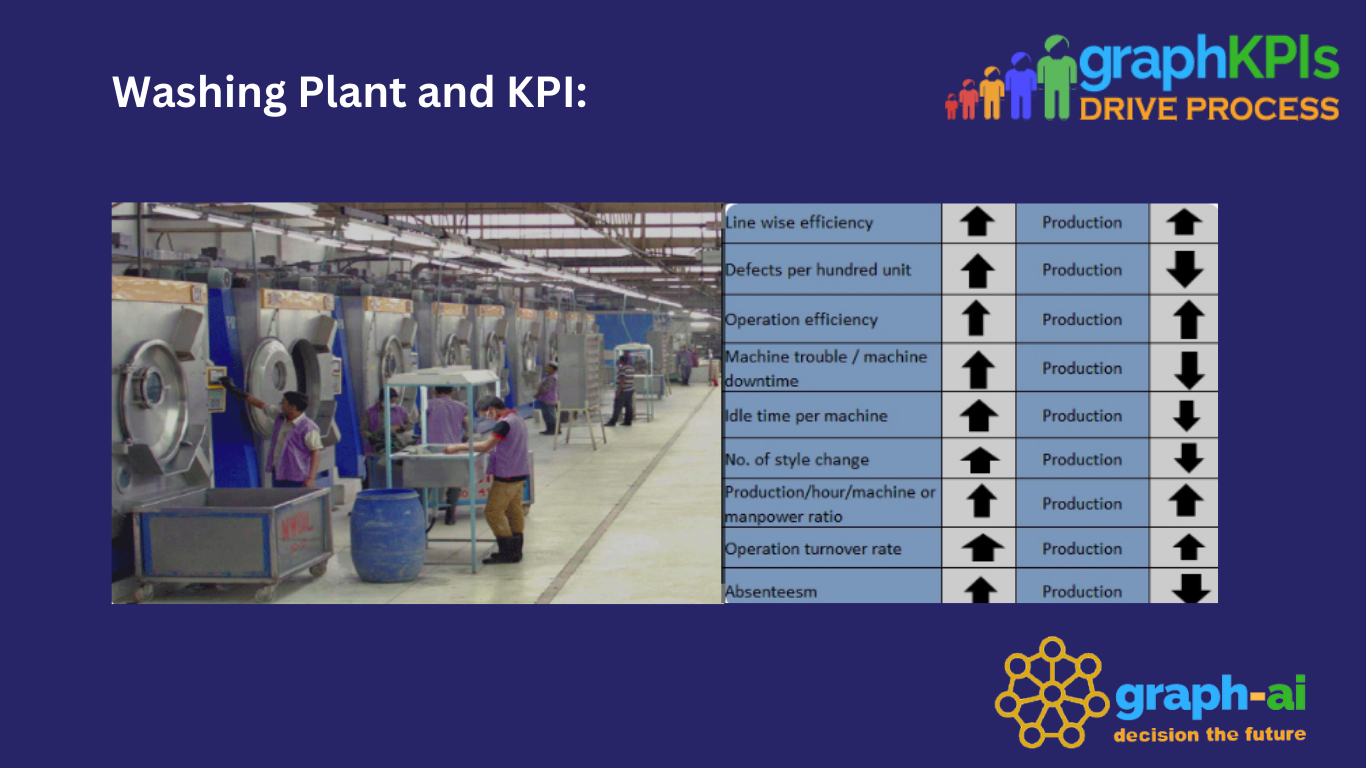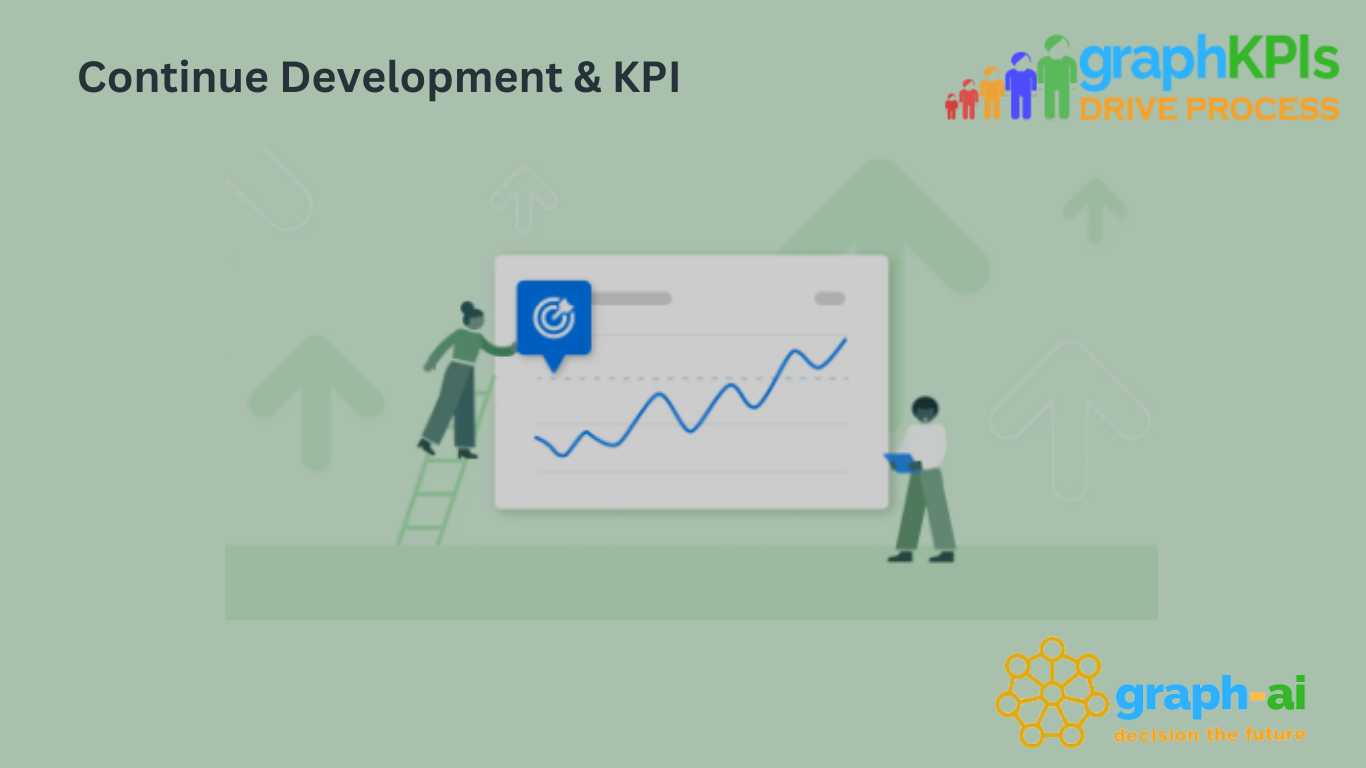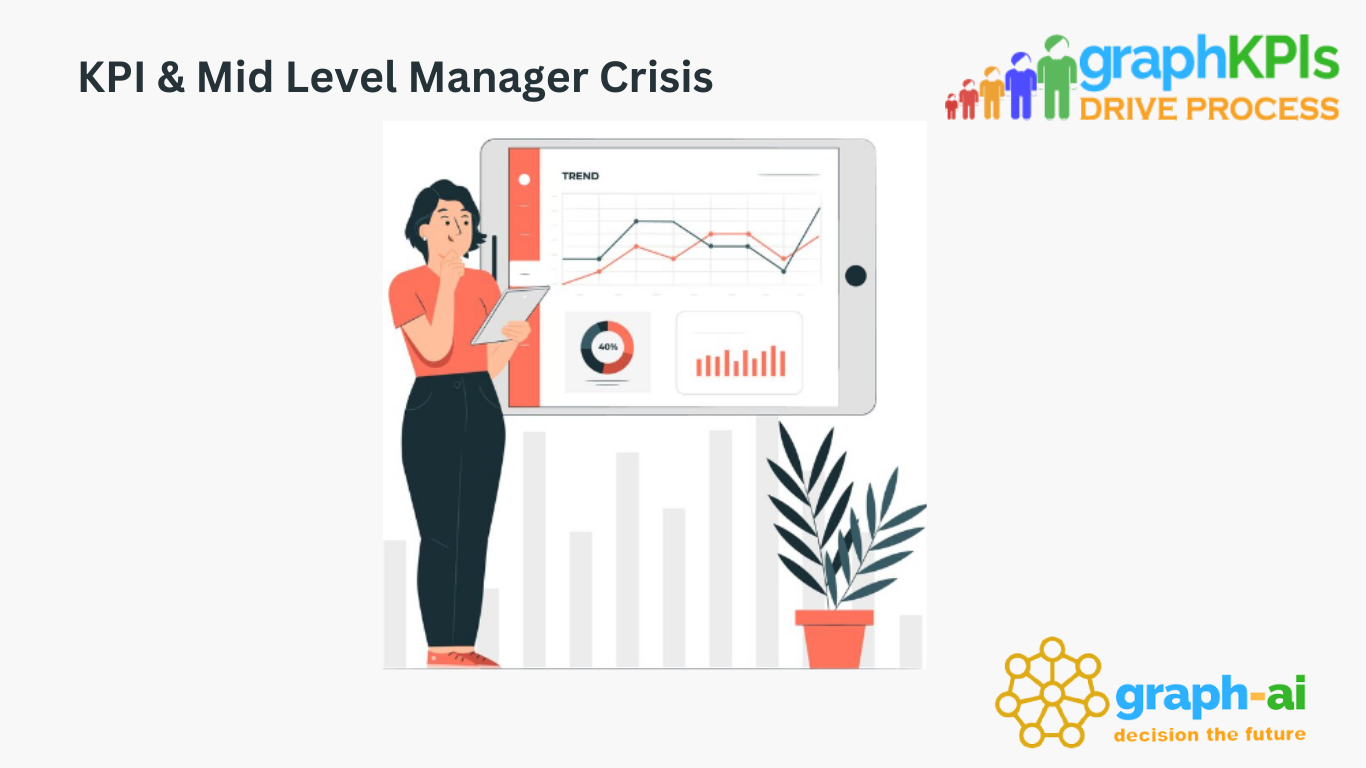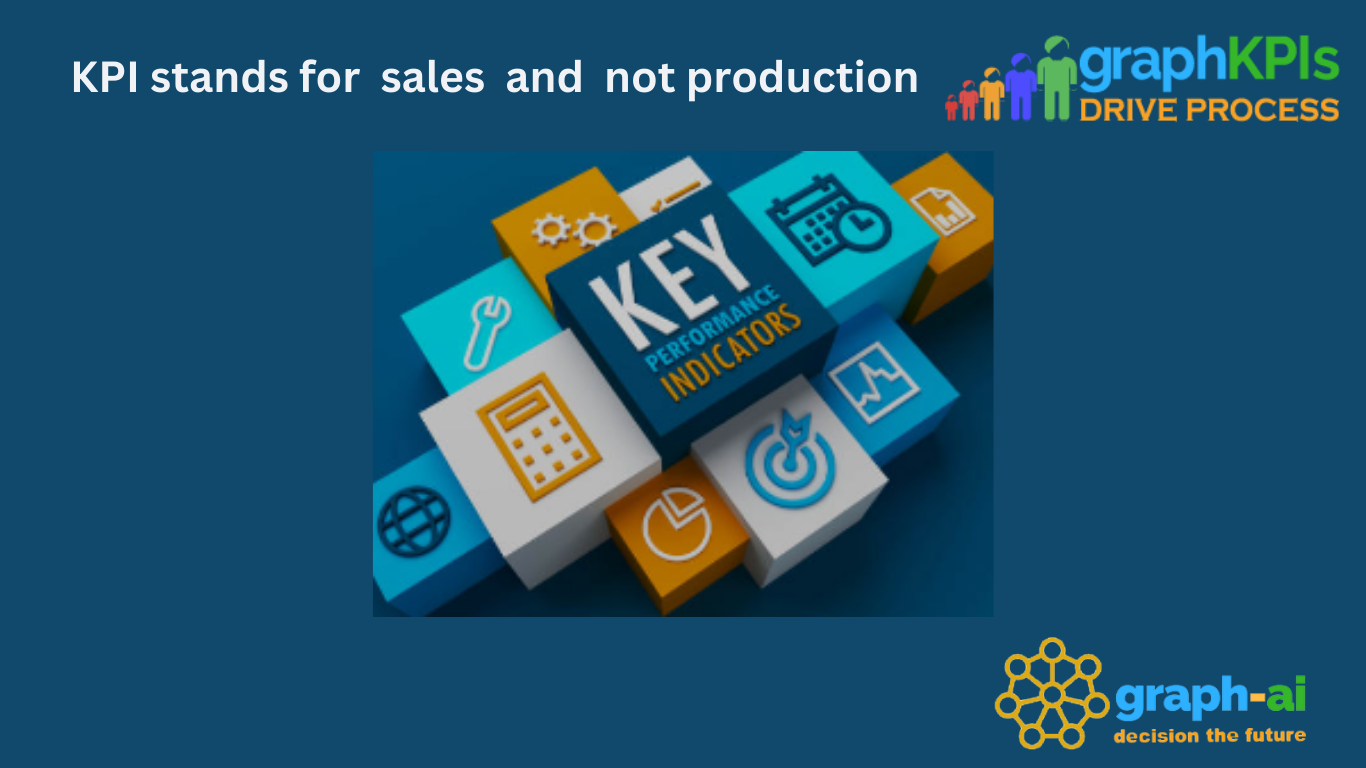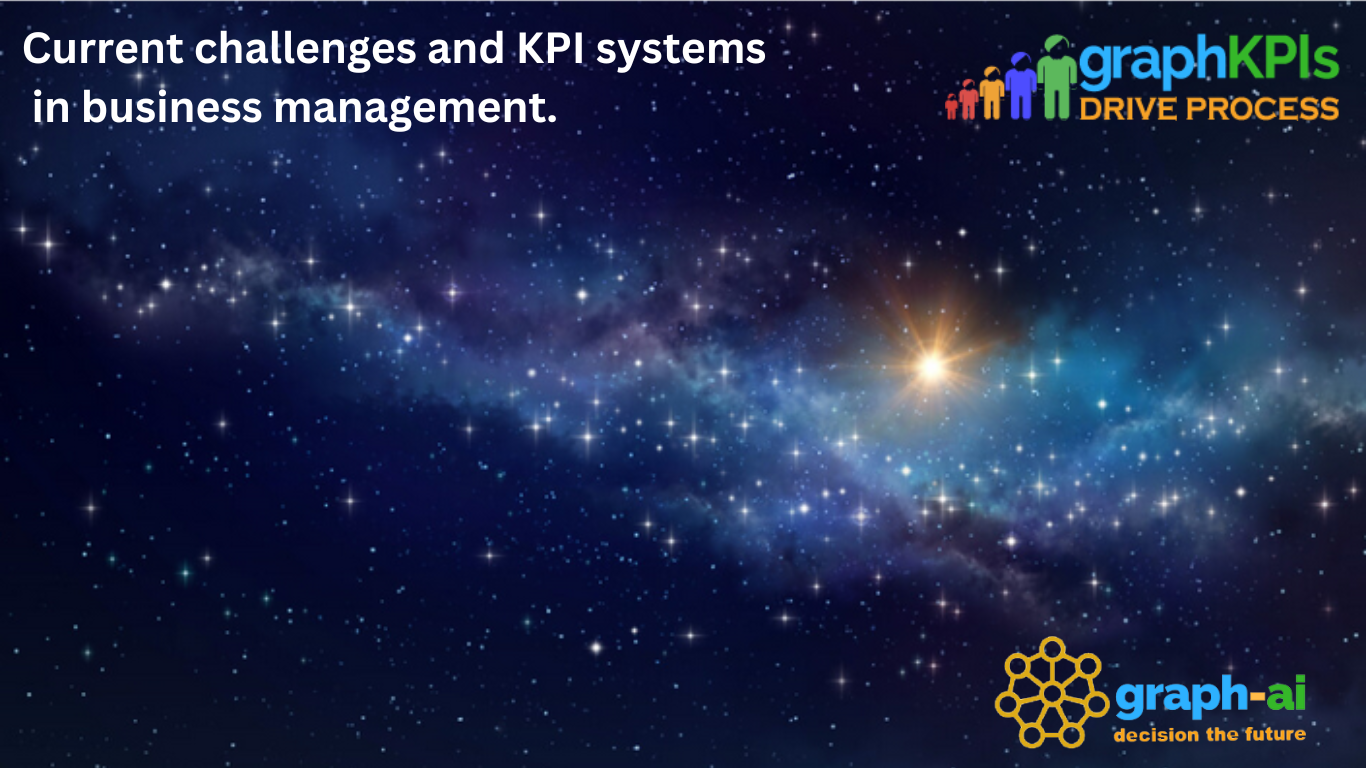Story of KRA and KPI - 18
KPI & Equal Employee Opportunity
Key Performance Indicators (KPIs) to ensure equal employment opportunities (EEO) within an organization
1. Clearly Defined KPIs: Establishing clear and objective KPIs for all employees performing the same job role ensures consistency and transparency in performance evaluation. This prevents biases and ensures that everyone is held to the same standard regardless of personal characteristics.
2. Detailed Job Expectations: Providing employees with detailed job expectations that include measurable metrics fosters clarity and accountability. This empowers employees to understand exactly what is expected of them in their roles, thereby facilitating fair and equitable performance assessments.
3. Timely Communication of Expectations: Communicating job expectations to new hires as soon as possible sets the foundation for a culture of transparency and fairness from the outset. This enables employees to align their efforts with organizational goals and expectations from the start of their employment.
4. Transparent Communication of Changes: Transparently communicating any changes in job expectations to the entire team ensures that everyone is aware of updated performance criteria. This prevents misunderstandings and ensures that all employees have an equal opportunity to adapt and meet revised expectations.
5. Mandatory Regular Appraisal: Implementing mandatory regular appraisals conducted by managers ensures that performance evaluations are conducted consistently and fairly across the organization. Regular feedback sessions provide opportunities for constructive dialogue and alignment of individual goals with organizational objectives.
6. Utilization of 360-Degree Feedback: Leveraging 360-degree feedback mechanisms allows for a comprehensive evaluation of employee performance from multiple perspectives. This inclusive approach provides valuable insights into areas for improvement and ensures that assessments are not based solely on managerial biases.
7. Prompt Resolution of Grievances: Taking proactive measures to promptly address and resolve employee grievances demonstrates a commitment to fairness and equality in the workplace. This fosters a culture of trust and transparency, where employees feel empowered to raise concerns without fear of reprisal.
8. Reviewing Results Reports: Thoroughly reviewing results reports enables management to identify any disparities or issues related to EEO compliance. By closely analyzing performance data, organizations can pinpoint areas for improvement and implement corrective actions to uphold equal employment opportunities.
Conclusion: Incorporating KPIs into the framework of equal employment opportunity (EEO) not only ensures fair treatment of employees but also promotes a culture of accountability, transparency, and continuous improvement. By adhering to these practices, organizations can create an inclusive work environment where every employee has an equal opportunity to thrive and contribute to organizational success.
Continuing the journey together ...............
Leave a Reply
Your email address will not be published. Required fields are marked *

